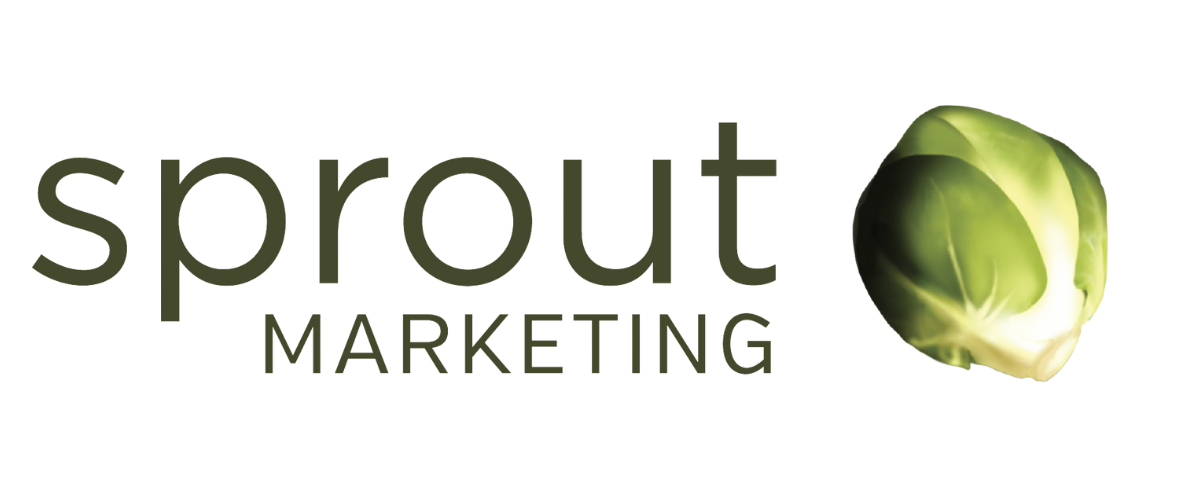How to Build a Strong Messaging and Positioning Strategy
How to Build a Strong Messaging and Positioning Strategy.
In marketing, people often talk about messaging and positioning but don’t really know what to do with it.
One way to think about a messaging strategy is that it is like the sheet of music that you and all your marketing sings from. A messing strategy is not the final copy that is used in collateral or advertising, but it is more like the skeletal structure that guides how your company will speak to your consumers.
Because every word matters, your messaging strategy must be tight and able to translate into the company’s copywriting and creative ideas. The messaging strategy also fosters alignment around personality and culture within your business and is something you can never stop using. Sometimes during the tenure of your company, you will need to grow, change, or pivot.
When you make those changes, you must keep your messaging strategy in line. It must be built in a way that can help your business grow and position your company in the light that you desire.
As you build your strategy and identify your unique selling proposition, you will also want to create positioning statements, all stating the same idea but a different word count. One might be 100 words, one will be 50 words, and one will be 25 words allowing you to use them in different places, like the boiler plate of a press release, or to quickly explain what your company does.
Following these statements lies the brand promise, which is the single, most valuable idea you want to convey about your brand. Next, supporting statements back up the brand promise and describe what makes that promise true. An even more fleshed out messaging strategy includes messaging by target audience, allowing you to speak to and deliver your value proposition to each audience in a way that resolves their unique pain points.
The ultimate goal with a messaging strategy is not to create a document that can be copied word for word and slapped on a data sheet, website or banner ad, rather, it should serve as a framework for marketers and copywriters to go out into the market with a consistent, effective message.
Rather Listen?




